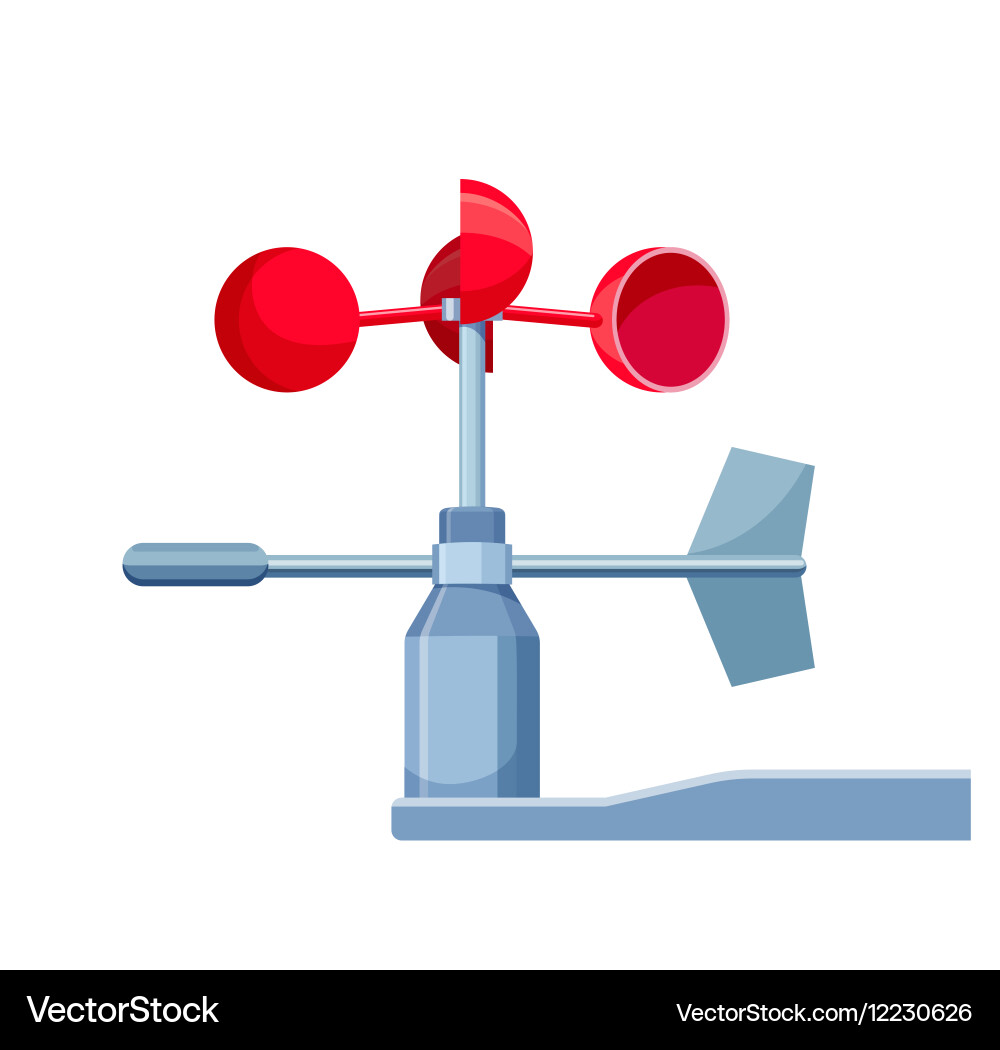Why an Anemometer is Necessary for Your Environmental Data Collection
Why an Anemometer is Necessary for Your Environmental Data Collection
Blog Article
All You Required to Learn About Anemometers: How They Work, Why They Issue, and Where to Make use of Them
Anemometers, though usually forgotten in the realm of scientific instruments, play an important role in numerous fields, supplying valuable insights into wind speed and air movement patterns. Understanding the auto mechanics behind these gadgets is crucial for any person looking for to harness the power of this information. From meteorologists tracking weather condition patterns to designers developing frameworks with wind loads in mind, the applications of anemometers are far-reaching and diverse. As we look into the ins and outs of anemometer innovation, we will certainly reveal the internal workings of these tools, their value, and the vital factors to consider when selecting the appropriate anemometer for particular applications.

Anemometer Basics
An essential instrument made use of to gauge wind speed and instructions, the anemometer plays a crucial role in meteorology and different markets. An anemometer typically is composed of three or four cups that revolve in the wind, a vane that aims into the wind, and sensors to track the activities or rotations.
There are numerous sorts of anemometers offered, consisting of mug anemometers, vane anemometers, hot-wire anemometers, and sonic anemometers, each with its unique functions and applications. Cup anemometers are typically utilized for standard wind rate dimensions, while vane anemometers are preferred for directional dimensions. Hot-wire anemometers are appropriate for low airspeeds, and sonic anemometers are optimal for high-precision dimensions in research study and industrial setups. Understanding the fundamentals of anemometers is essential for exact wind information collection and analysis throughout different industries.
Principles of Anemometer Operation
Building on the fundamental understanding of anemometer essentials, the principles of anemometer operation clarify the technicians behind wind speed and instructions dimensions. Anemometers operate the concept of air movement affecting a sensing unit, creating it to revolve. Cup anemometers, for example, have three or even more mugs that capture the wind, causing them to rotate much faster as the wind rate boosts. The rotation speed is after that converted into a wind speed measurement. Vane anemometers, on the other hand, make use of a tail or a probe that straightens itself with the wind instructions, providing a dimension of wind instructions based upon the alignment of the sensing unit. Hot-wire anemometers count on a warmed wire that cools as wind passes over it, with the price of cooling establishing the wind speed. Ultrasonic anemometers measure wind rate and direction by analyzing the time it considers ultrasonic signals to travel between transducers. Comprehending these principles is vital for reputable and exact wind dimensions in different applications.
Importance of Anemometers
The significance of anemometers in meteorology and numerous markets can not be overstated. Anemometers play an essential duty in determining wind speed and direction, supplying essential data for weather forecasting, climate studies, environmental tracking, and air travel procedures. Meteorologists count on anemometers to collect exact wind data, assisting them recognize climate patterns, anticipate storms, and problem timely cautions to the public. In markets such hop over to these guys as building, farming, eco-friendly power, and maritime procedures, anemometers are used to maximize procedures, make certain safety, and increase performance. For example, wind ranch operators utilize anemometers to analyze wind problems and take full advantage of electricity production from wind turbines. In the maritime sector, anemometers aid ship navigating by supplying real-time wind information to captains, assisting them make educated choices to make sure secure trips. On the whole, anemometers are essential tools that add substantially to safety, effectiveness, and educated decision-making in weather forecasting and a variety of markets.
Applications Throughout Various Industries
In the renewable power field, anemometers play a critical duty in evaluating wind conditions for wind farm placements, making sure ideal energy production. Industries like building and construction and mining use anemometers to keep track of wind rates, vital for security procedures, specifically when functioning at elevations or in open-pit mines where solid winds can present dangers. In agriculture, anemometers help farmers in handling plant spraying by supplying real-time data on wind rate to stay clear of drift.

Picking the Right Anemometer for Your Demands
For basic purposes, a cup anemometer is appropriate for determining wind speed, while a vane anemometer gives wind instructions information. Hot-wire anemometers are optimal for low airspeed dimensions, and ultrasonic anemometers provide high precision and longevity.

Verdict
Finally, anemometers useful source play a vital function in determining wind speed and direction throughout various industries. Recognizing the principles of anemometer procedure is necessary for choosing the ideal tool for certain demands. From weather forecasting to air travel, anemometers are vital tools for making sure and accumulating precise information safety in different applications. When picking the most ideal device for gauging wind problems., it is crucial to consider the relevance of anemometers in order to make educated decisions.
There are various types of anemometers available, consisting of cup anemometers, vane anemometers, hot-wire anemometers, and sonic anemometers, each with its unique features and applications. Cup anemometers are Bonuses frequently used for fundamental wind rate measurements, while vane anemometers are liked for directional measurements. Hot-wire anemometers are ideal for low airspeeds, and sonic anemometers are perfect for high-precision measurements in research study and commercial settings.Structure on the foundational understanding of anemometer fundamentals, the principles of anemometer operation clarify the technicians behind wind speed and instructions measurements. For basic objectives, a cup anemometer is appropriate for determining wind rate, while a vane anemometer offers wind instructions data.
Report this page